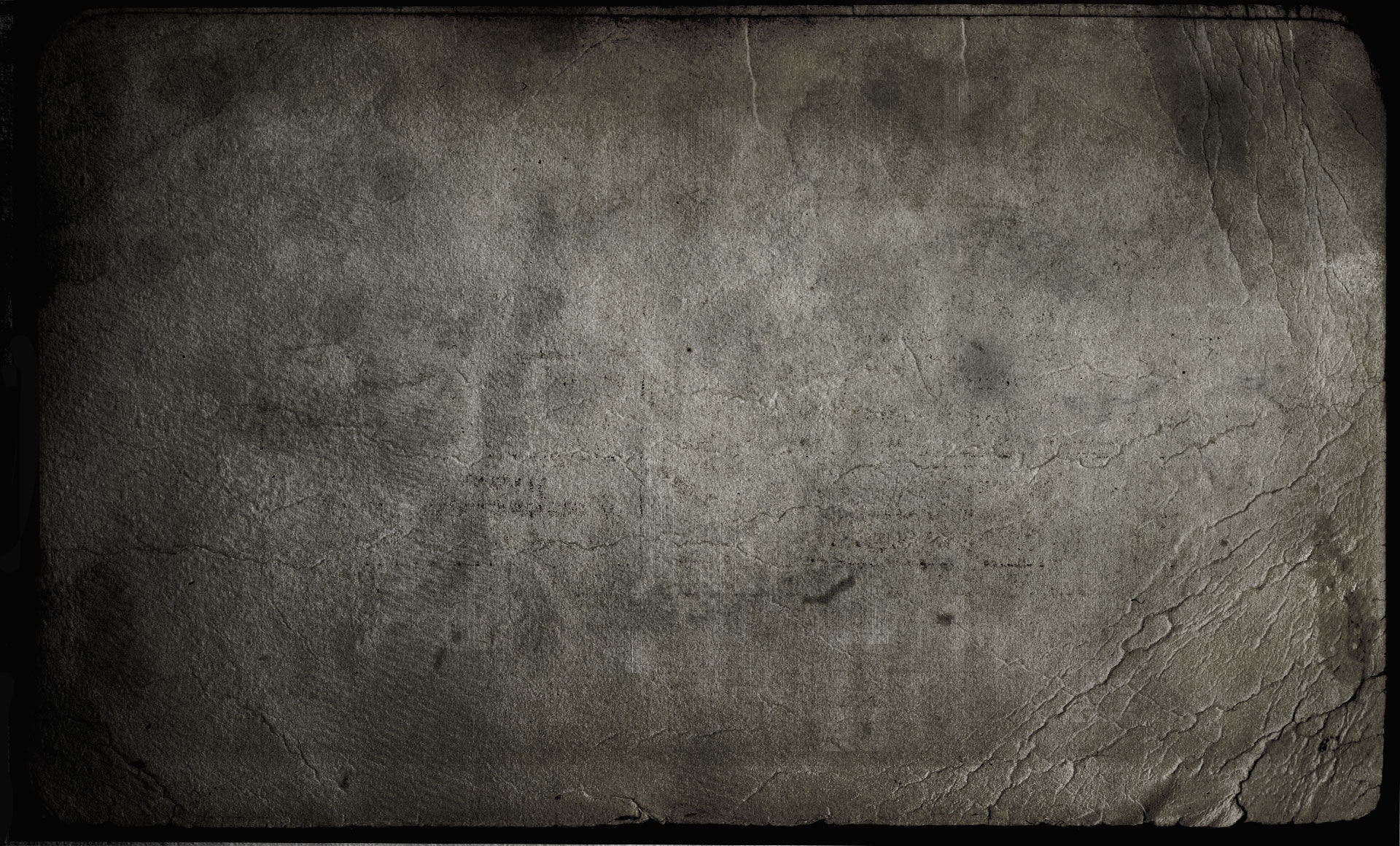
Roman Early Republic
The Romans established a form of government — a republic— that was copied by countries for centuries. In fact, the government of the United States is based partly on Rome's model.
It all began when the Romans overthrew their Etruscan conquerors in 509 B.C.E. Centered north of Rome, the Etruscans had ruled over the Romans for hundreds of years. Once free, the Romans established a republic, a government in which citizens elected representatives to rule on their behalf. A republic is quite different from a democracy, in which every citizen is expected to play an active role in governing the state.
Positions in Society: The aristocracy (wealthy class) dominated the early Roman Republic. In Roman society, the aristocrats were known as Patricians. The highest positions in the government were held by two consuls or leaders, who ruled the Roman Republic. A senate composed of patricians elected these consuls. At this time, lower-class citizens, or plebians had virtually no say in the government. Both men and women were citizens in the Roman Republic, but only men could vote.
Trying to Avoid Dictators: Occasionally, an emergency situation (such as a war) arose that required the decisive leadership of one individual. Under these circumstances, the Senate and the consuls could appoint a temporary dictator to rule for a limited time until the crisis was resolved. The position of dictator was very undemocratic in nature. Indeed, a dictator had all the power, made decisions without any approval, and had full control over the military. The best example of an ideal dictator was a Roman citizen named Cincinnatus. During a severe military emergency, the Roman Senate called Cincinnatus from his farm to serve as dictator and to lead the Roman army. When Cincinnatus stepped down from the dictatorship and returned to his farm only 15 days after he successfully defeated Rome's enemies, the republican leaders resumed control over Rome